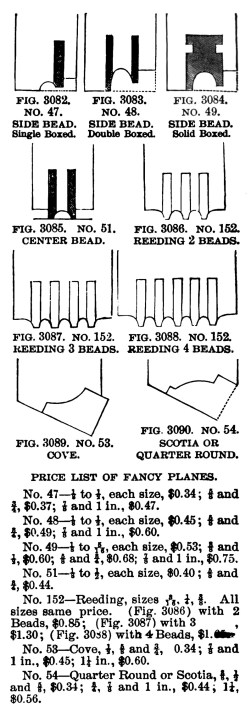 “By Hand & Eye” by George R. Walker and Jim Tolpin is now available for immediate shipment from Lost Art Press. Our retailers – Lee Valley Tools, Lie-Nielsen Toolworks and Tools for Working Wood – have received their shipments and will have the book in their stores shortly.
“By Hand & Eye” by George R. Walker and Jim Tolpin is now available for immediate shipment from Lost Art Press. Our retailers – Lee Valley Tools, Lie-Nielsen Toolworks and Tools for Working Wood – have received their shipments and will have the book in their stores shortly.
If you wish to order the book from our store, click here. It is $34 plus shipping.
This is our most ambitious book to date, especially in the manufacturing. This book is full color and printed on a heavy #80-pound matte stock that is very white and took the ink beautifully. As with all our books, “By Hand & Eye” is Smythe sewn, casebound and produced entirely in the United States.
Here are some details on the other editions of “By Hand & Eye.”
Leather-bound books. I am taking 26 blocks to Ohio Book tomorrow for them to bind them in leather. We will use the brown leather with an aged finish, like we did with “Mouldings in Practice.” When those are finished – I hope in six weeks – we will put them in the store. They will be $185 – domestic shipping is included.
Electronic editions. Because of the complex layouts in “By Hand & Eye,” we will not be able to offer it in ePub or Kindle formats. We simply are not happy with the way the book looks in these formats. So we will instead offer it in pdf format, which will work on both iPad and Kindles. I should have that available in the store within a week.
One last thing: We are still building a webpage that we discuss in the book and are having some trouble with the url. Until I get that sorted out, you can download the animations referred to in the book (with complete instructions) using the link below.
The file is zipped. Simply double-click it to decompress the file. Inside the folder you will find instructions (read them, please!). The animations will work with every browser we have tried.
I hope you enjoy reading the book as much as I enjoyed editing and working on it with George, Jim and the main editor, Megan Fitzpatrick.
— Christopher Schwarz












